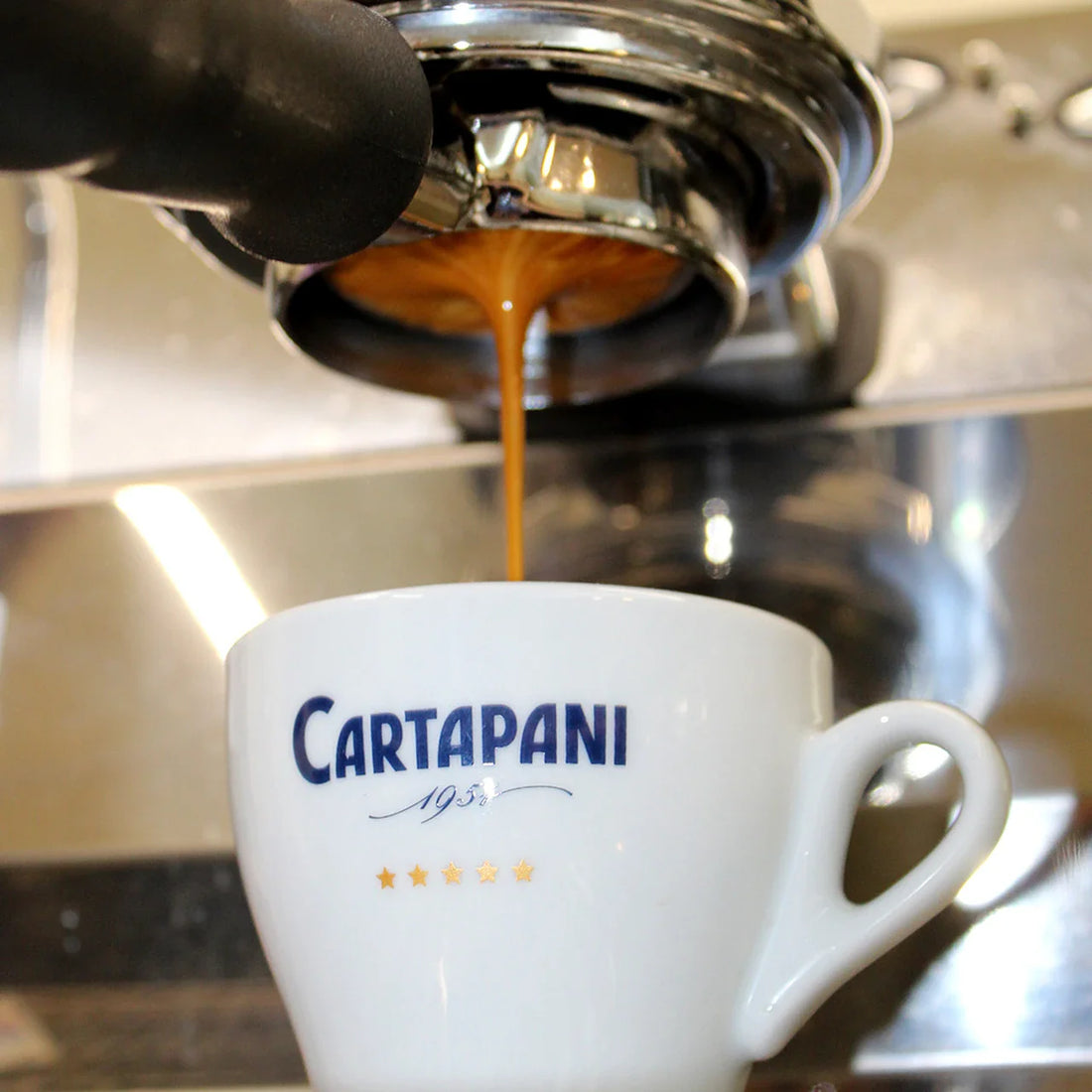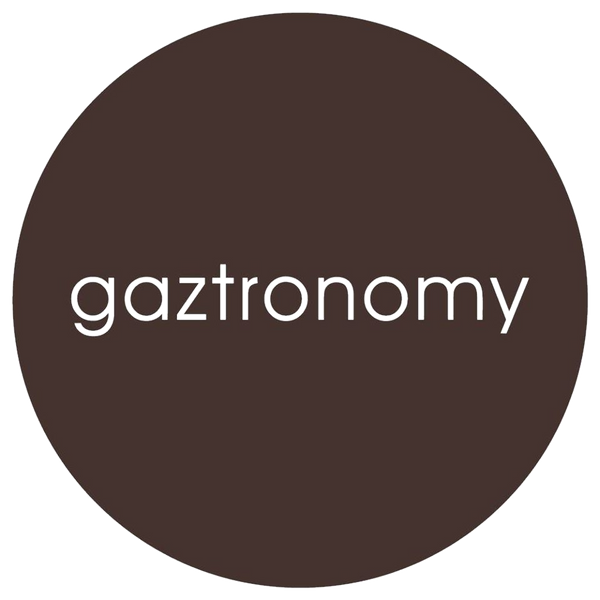
How Many Ounces Is a Shot of Espresso?
Share
If you're like most coffee drinkers, you don't think twice about ordering a double shot of espresso. After all, it's two ounces, right? But did you know that consuming more than 400 mg of caffeine daily can harm your health?
That is why we'll take a closer look at how many ounces is a shot of espresso. The perfect number of shots combined with quality beans can take you on an unforgettable journey. Let's dive in and take a trip to a perfect shot of espresso.
Espresso Shot Size and Ounce?
Espresso is a coffee that combines high-pressure, hot water, and packed coffee grounds. One ounce is equal to a single shot of espresso. The best ratio would be 7 grams of coffee beans to one fluid ounce of water.
What About Additional Espresso Varieties?
Did you know there are different types of espressos out there? Here are the common ones listed:
Ristretto
This one is even more concentrated than a regular espresso. Half an ounce of water combined with 7 grams of ground coffee creates the ristretto shot. This ratio is twice as potent as a regular shot of espresso.
The most flavorful compounds and oils originate from the coffee beans within the first 15 milliliters of the shot. This will give you a ristretto jam-packed with flavors minus the bitterness.
Lungo
Lungo means "longer" espresso that uses the same quantity of coffee with extra water. It takes longer to brew, resulting in a watery and diluted beverage.
Doppio or Double Shot
A double shot requires twice as much ground coffee (16-20g) and yields double the amount of liquid in a cup. Double shots are becoming the norm in the United States, Australia, and New Zealand.
How Much Time Is Required to Draw a Shot?
A single shot should take between 20 and 30 seconds to fire. If your shot is taking longer or shorter than this, ensure that the grind size and tamping are correct. No one likes an espresso shot that is under or over extracted.
Due to the design of the double portafilter basket, pulling a double shot takes the same length of time as pulling a single shot. It contains extra holes to enable the water to pass through more quickly.
How Much Caffeine in a Shot of Espresso?
The caffeine content of an average eight-ounce cup of brewed coffee is 96 mg. A typical one-ounce shot of espresso has 64 mg of caffeine. This shows that an espresso shot produces less caffeine than a cup of coffee.
You may feel that a one-shot of espresso feels stronger than an eight-ounce cup of coffee. You're likely to down a shot of espresso quicker than a cup of joe. Since the effects of caffeine occur within 15 minutes, you'll experience the shot of 64 milligrams far sooner than 96 milligrams.
Method for Preparing Espresso
Fine espresso grinds allow pressured water to permeate a wider surface area. While hot water pushes through the coffee grounds, it extracts all the caffeine within 20-30 seconds.
Espresso requires a hefty amount of coffee grinds, so more caffeine transfers to the water. This produces a highly caffeinated beverage.
If you are shopping for an espresso machine we recommend reading this blog post first.
The Comprehensive Guide to Espresso
Consumption of cappuccinos, lattes and flat whites has increased by 50 percent. This has become a popular drink for people between the ages of 25 to 39.
Espresso should spill like warm honey from the portafilter. The cream should comprise 10 to 15 percent of the beverage and be a rich reddish-brown hue. For more insights, here are the flavors to keep in mind:
Bitterness
Caffeine, quinine, and many alkaloids dissolve to produce a bitter taste. The severity of it has to do with the roasting quantity, caffeine content, and extraction method.
Sweetness
This refers to the breakdown of coffee's sucrose and polysaccharides. Desirable yet difficult to perceive in less-than-excellent coffees.
Salty
Several high-quality coffees have a salty sensation that is often desired. This flavor consists of sodium chloride and other salts.
Sourness
The sour flavor in espresso is often undesirable. It should not be mistaken for acidity.
Acidity
This is the strong and dry aftertaste that gives your coffee its vitality. Kenyan and Central American coffees have the highest acidity. The majority of wet-processed coffees are also very acidic.
Acidity has nothing to do with the pH levels in your coffee; instead, it's the acids found in the beverage. You will sense a dry and robust flavor on the back of your tongue, comparable to sipping on a dry red wine.
Barista Tips for Making an Espresso
Do you love espresso? Do you sometimes make it at home but feel like it could be better? Here is some coffee-making instructions from a barista:
Step 1
The settings for the grinder are crucial for creating quality espresso. Coffee grinds must be very fine or gritty. Too fine of a grind will produce a potent cup of coffee, while too coarse will provide a watery result.
Step 2
Use freshly ground coffee immediately to prevent oxidative damage. Remove any residual coffee grounds from the filter. Use your knock container to wipe the filter clean of any coffee grounds.
There is a reason why most espresso machines do not use paper filters. Espresso's peculiar taste stems from chemicals and insoluble oils. The outcome is rich, syrupy, and mouth-watering.
Step 3
Take a moment to clean the filter's edges. Next, run some water through the group of your machine, then apply a portafilter to the group.
Press the button and let the machine extract coffee into an espresso cup made of porcelain. Following these guidelines will produce a thick crema and robust taste in every cup.
What Constitutes the Best Espresso Shot?
Luigi Bezzera created the very first espresso machine in Milan, Italy. Espresso has now undergone considerable improvement and is now a globally sought after beverage.
The ideal espresso shot is not an unattainable goal. It is within the capability of any barista with a bit of practice. Beyond the fundamentals of drawing a shot, here is how to access your espresso shots:
Brewing Time
Your espresso should brew between 20 and 25 seconds. The espresso stream emerging from the portafilter should resemble thick, warm honey. The final shot should be golden and have a crema thickness between 1/4 and 1/3 of an inch.
Crema Hue
Excellent espresso will have a crema with a "tiger-skin" texture and honey- and brown-colored threads. The crema of an under-extracted shot will be thin to nonexistent and blonde. An over-extracted shot will have a delicate crema that looks dark or charred.
Crema Density
After preparing an espresso shot and analyzing the crema's color, use a spoon to test the crema's thickness and tenacity. You have done it correctly if it springs back together or returns to its original form.
If it falls apart and reassembles, you have under-extracted the shot. If it does not heal and reform, you have over-extracted it.
Different Types of Espresso Drinks
Now that you know the caffeine content and shot size, it's time to be creative. Here are different energizing and delicious beverages with espresso shots:
Latte
This is an espresso shot with steamed milk and froth on top. The latte is a standard espresso beverage that is sweet, luscious, and the ideal morning energizer.
Cappuccino
This is an espresso shot combined with steamed milk. Similar to the Latte, Cappuccino is made with espresso and heated milk. In contrast to the latte, it does not contain froth on the top.
Macchiato
Equal parts espresso and heated milk create this delicious, mouth-watering beverage. This equal ratio gives the drink a robust flavor.
Mocha
This beverage contains espresso, chocolate, steamed milk, and whipped cream. Mocha is a sweet beverage often served as a dessert or after a meal.
Red Eye
This crazy cup consists of coffee with an added shot of espresso. This drip coffee makes it impossible to sleep after consumption and taking a red eye.
When Is the Best Time to Drink an Espresso Shot?
Many coffee aficionados believe that the ideal time to drink espresso is mid-morning. This is when the body is naturally starting to experience a dip in energy levels. The caffeine content in espresso can help perk up the drinker and provide a much-needed energy boost.
Drinking espresso mid-morning can help prevent the dreaded afternoon slump. While others enjoy it as an after-dinner treat. The best time to drink espresso is whenever you crave it.
Pondering About How Many Ounces Is a Shot of Espresso?
Whether you're a seasoned espresso lover or starting to explore the world of coffee, It's always good to know the science. After all, every ounce in a shot and the quality of the beans matter. From the exciting spew of espresso vs coffee caffeine or pondering about how many ounces is a shot of espresso, we got you covered.
We hope these insights have helped you understand more about espresso shots, caffeine content, and how it's made. If you are craving for a wonderful coffee adventure, we can take you there. Check out our selection of Cartapani Espresso beans, premium roasted beans from Italy.
